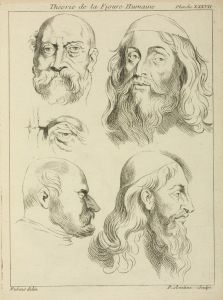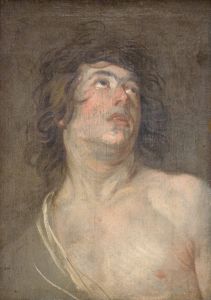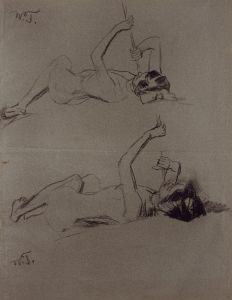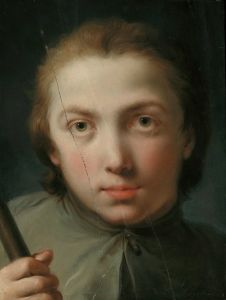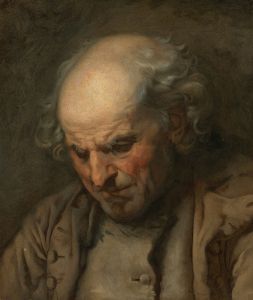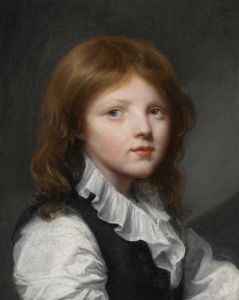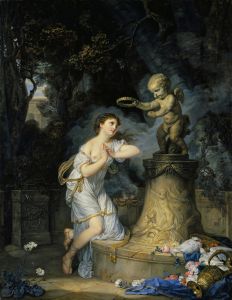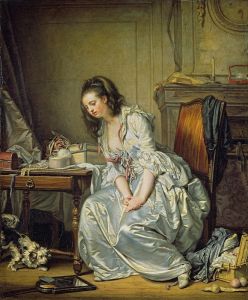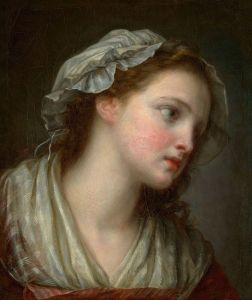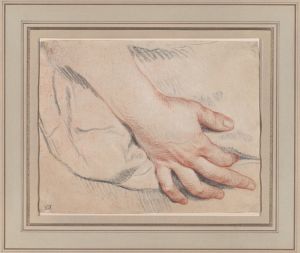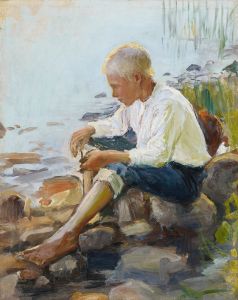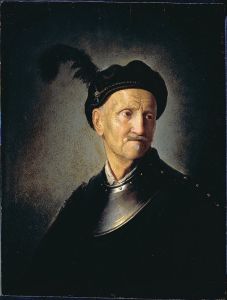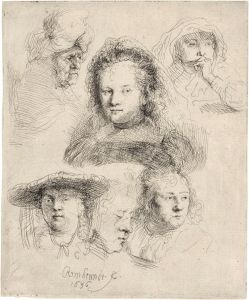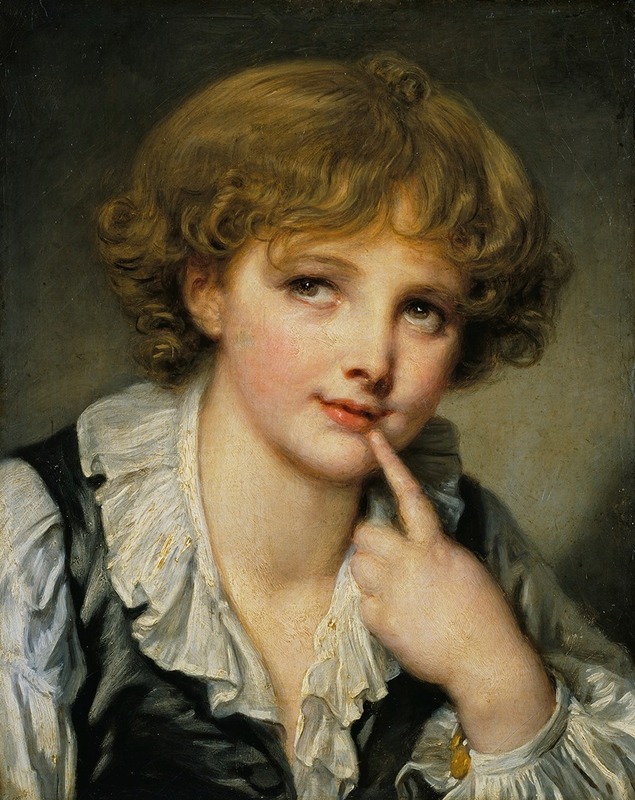
Head of a Boy
A hand-painted replica of Jean-Baptiste Greuze’s masterpiece Head of a Boy, meticulously crafted by professional artists to capture the true essence of the original. Each piece is created with museum-quality canvas and rare mineral pigments, carefully painted by experienced artists with delicate brushstrokes and rich, layered colors to perfectly recreate the texture of the original artwork. Unlike machine-printed reproductions, this hand-painted version brings the painting to life, infused with the artist’s emotions and skill in every stroke. Whether for personal collection or home decoration, it instantly elevates the artistic atmosphere of any space.
Jean-Baptiste Greuze was a prominent French painter known for his genre scenes and portraits, particularly during the 18th century. One of his works, "Head of a Boy," exemplifies his skill in capturing the subtleties of human expression and emotion. Greuze was born on August 21, 1725, in Tournus, France, and he became a significant figure in the art world during his lifetime, particularly noted for his ability to convey moral and sentimental themes through his art.
"Head of a Boy" is a fine example of Greuze's portraiture, showcasing his attention to detail and his ability to render the delicate features of his subjects. The painting is characterized by its focus on the boy's face, capturing a moment of introspection or contemplation. Greuze's technique often involved a soft, almost ethereal use of light and shadow, which is evident in this work. The subtle play of light across the boy's face highlights the texture of his skin and the softness of his features, bringing a lifelike quality to the painting.
Greuze's portraits often went beyond mere representation, aiming to capture the inner life and emotions of his subjects. In "Head of a Boy," the boy's expression is open to interpretation, inviting viewers to ponder what thoughts or feelings might be passing through his mind. This ability to evoke emotion and narrative through portraiture was one of Greuze's trademarks and contributed to his popularity during his career.
The painting reflects the Rococo style's transition towards Neoclassicism, a movement that Greuze was associated with. While Rococo art was often characterized by its ornate and playful qualities, Greuze's work, including "Head of a Boy," leaned towards a more restrained and realistic approach. This shift is evident in the simplicity and directness of the composition, focusing on the subject without the elaborate backgrounds or embellishments typical of earlier Rococo works.
Greuze's influence extended beyond his lifetime, as his works continued to be appreciated for their emotional depth and technical skill. "Head of a Boy" remains a testament to his ability to capture the essence of his subjects with sensitivity and precision. The painting is part of various collections and has been studied for its contribution to the development of portrait art in the 18th century.
Throughout his career, Greuze received both acclaim and criticism. While he was celebrated for his ability to convey emotion and narrative, some contemporaries felt his work was overly sentimental. Despite this, his paintings were highly sought after, and he enjoyed considerable success during his lifetime. Greuze's legacy is evident in the way his work bridged the gap between the Rococo and Neoclassical movements, influencing subsequent generations of artists.
In summary, "Head of a Boy" by Jean-Baptiste Greuze is a notable example of 18th-century portraiture, reflecting the artist's skill in capturing human emotion and his role in the transition between artistic movements. The painting continues to be appreciated for its technical excellence and emotional resonance, securing Greuze's place in the history of art.





